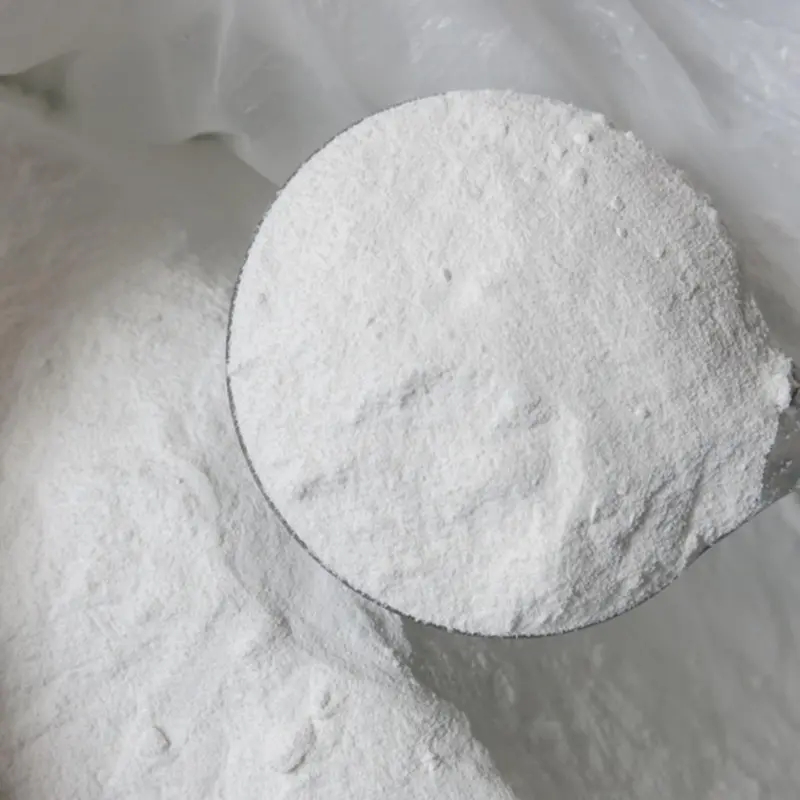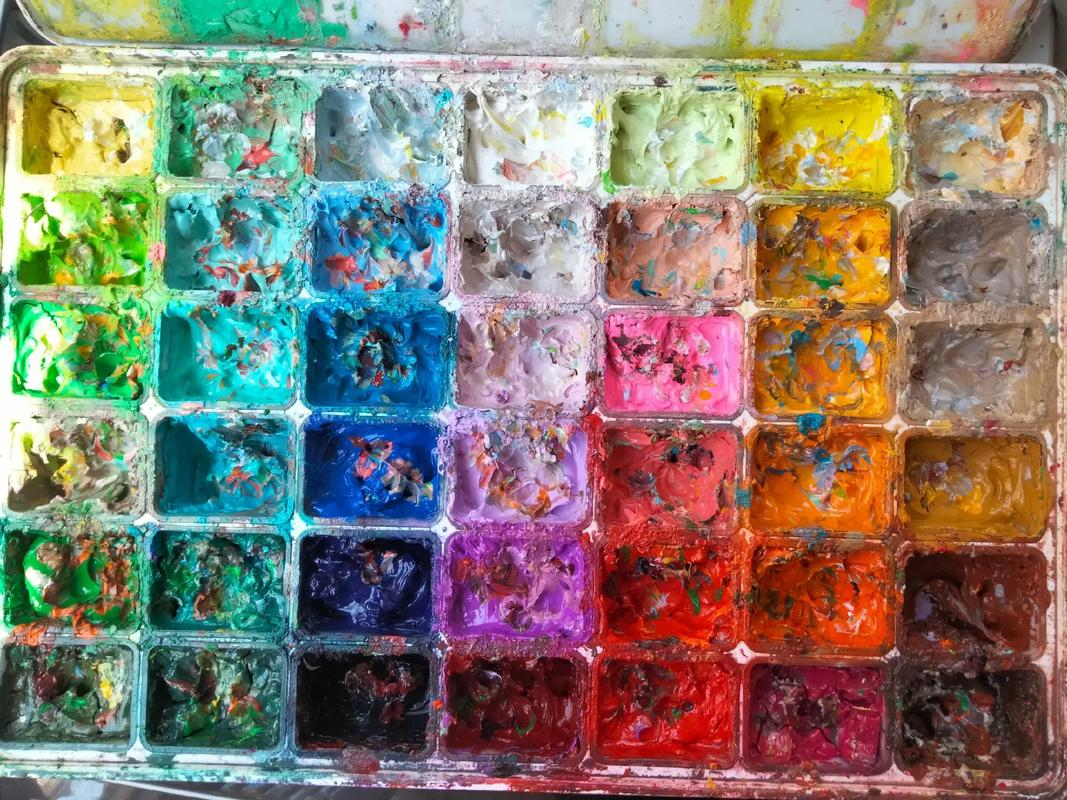About KaolinClay you should know
Kaolinite is a clay mineral, with the chemical composition Al2Si2O5(OH)4. It is an important industrial mineral. It is a layered silicate mineral, with one tetrahedral sheet of silica (SiO4) linked through oxygen atoms to one octahedral sheet of alumina (AlO6) octahedra. Rocks that are rich in kaolinite are known as kaolin or china clay. Kaolin is occasionally referred to by the antiquated term lithomarge, from the Ancient Greek litho- and Latin marga, meaning 'stone of marl'. Presently the name lithomarge can refer to a compacted, massive form of kaolin.

The name kaolin is derived from Gaoling, a Chinese village near Jingdezhen in southeastern China's Jiangxi Province.The name entered English in 1727 from the French version of the word: kaolin, following Franois Xavier d'Entrecolles's reports on the making of Jingdezhen porcelain.
Kaolinite has a low shrink-swell capacity and a low cation-exchange capacity (1–15 meq/100 g). It is a soft, earthy, usually white mineral (dioctahedral phyllosilicate clay) produced by the chemical weathering of aluminium silicate minerals like feldspar. In many parts of the world, it is colored pink-orange-red by iron oxide, giving it a distinct rust hue. Lower concentrations yield white, yellow, or light orange colors. Alternating layers are sometimes found, as at Providence Canyon State Park in Georgia, United States. Commercial grades of kaolin are supplied and transported as dry powder, semi-dry noodle, or liquid slurry.
Clay minerals are excellent as clarifiers, absorption and adsorption materials. They are used in many industrial applications such as paper, paint, petroleum, ceramic, cement, adhesive, asphalt, and food and health-care industry due to their versatility, abundance, and low cost.
What makes Kaolin Clay so special? Kaolin is a natural mineral which means that it is enriched with additional minerals that are incredibly beneficial to the look and feel of the skin.
Kaolin is used extensively in a number of industries including paper, plastics, adhesives, rubber, paint, refractories, cement, bricks and ceramics.













